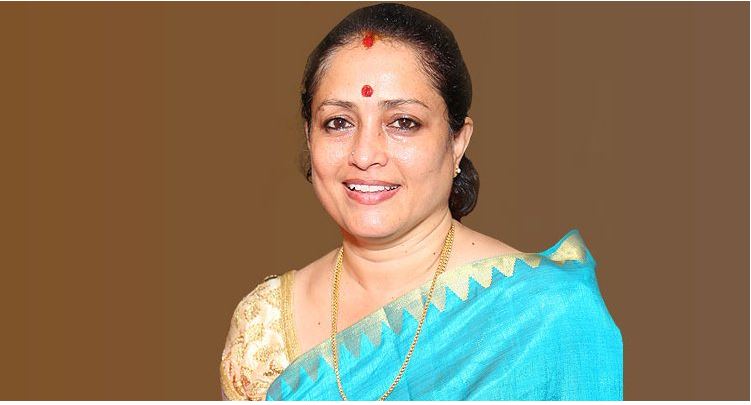Rising cases of hypertension among women

According to the WHO, non-communicable diseases kill 41 million people each year, which is equivalent to 71% of all deaths globally. Cardiovascular diseases account for the most non-communicable disease deaths.
Studies have shown that women are less prone to coronary artery disease. But now various population based studies in India and western countries show that the most common risk factors in deaths are coronary artery disease and hypertension. Epidemiological studies indicate that the prevalence of hypertension has increased over the last decade and there has been a higher incidence among women.
Why is it so?
Women usually do not exhibit any symptoms of cardiac diseases and hypertension and, therefore, go undiagnosed. The sex hormones oestrogen and progesterone in women protect the blood vessels from oxidative injuries. Oestrogen decreases the renin level which plays an important role in moderating the blood pressure through the Renin-Angiotensin system. Changing lifestyles have brought in a shift in these hormones. Oestrogen has been replaced with androgen and is commonly expressed as Polycystic Ovarian Syndrome in young women. With the declining levels of oestrogen, androgen increases the expression of certain enzymes which favours oxidative stress, vascular damage and inflammation.
Other reasons contributing to increased prevalence among women are:
1. High glycaemic index food – Over consumption of trans fatty acids and refined carbohydrates through junk food poses the risk of overweight and obesity.
2.Binge eating – Easy availability of tasty food at the doorstep with just a phone call has compromised the biorhythms in eating habits. Consumption of instant food with preservatives, fried snacks, chutneys and pickles with extra salt compromises the quality of nutrition.
3.Lack of physical activity – Sedentary jobs with multi-tasking requirements and no regular time for any sort of physical activity.
4.Stress – Our adrenal glands which act as shock absorbers provide us with crucial hormonal support that we all need to get through the day with energy and enthusiasm. The intensities and frequencies of the stresses in our life exhaust these glands too early.
5.Unhealthy body image inspired from media – Oestrone (E1) is produced in significant amounts in body fat. The idea of ‘Zero waist’ and unhealthy dieting affects the secretion of this protective hormone.
6.Economy driven world has taken a big toll on the balanced way of functioning between production in mass and human personal interaction. This has changed the human consciousness to a state of imbalance that manifests through emotions and affects the physical hormones. This impact is seen in women these days as Polycystic Ovarian Syndrome, Metabolic Syndrome with Type II Diabetes, menstrual disorders and infertility.
How to detect hypertension?
Headache, giddiness and blurring of vision are some of the symptoms which needs to be checked for elevated blood pressure. Weight gain leading to overweight and obesity over a period of six months requires regular blood pressure check-up and health screening.
How to address this?
The most important thing to remember is that prevention is better than cure.
Health education:
School curriculum must bring in the importance of nutrition, the importance of biorhythms and physical activity.
Health education through all social media about regular physical activity, balanced nutrition and biorhythms in diet and sleep should be made available in all regional languages resonating with the local people’s interests.
Midlife health screening:
Regular health check-ups after the age of 35 should be a must to check where one stands with regard to health.
Non pharmacological management for those who are at risk:
1. Balanced nutrition
-Choose the right source for macronutrients
-Consume more of complex carbohydrates
-Get micronutrients through locally grown vegetables as salads
-Eat seasonal fruits and vegetables for the trace elements needed for the body function
-Add adequate fibre through plant source
2. Physical activity
-Either 150-300 minutes of moderate physical activity or 75-150 minutes of vigorous activity throughout the week.
-Mindful movements like Yoga, Taichi would help in mental and physical well-being
3. Managing stress
-Positive attitude
-Mindfulness and meditation
Conclusion:
Rapid urbanisation by amalgamating various cultures has been advantageous. But it has also brought in some unpronounced setbacks to human health. With India’s diverse culture, each region developed a healthy cuisine that was governed by their own climatic conditions and terrain. This has been diluted, and to a great extent destroyed due to top loading of non-seasonal, unsuitable cuisine only for enjoyment and availability. The effect is far reaching which has largely contributed to non-communicable diseases. By paying adequate attention to what and how we eat, indulging in physical activities and adopting conscious living can address this silent killing disease.
